Demolition
Our experienced and safety-conscious staff offer efficient and responsible solutions for your site demolition and cleanup.
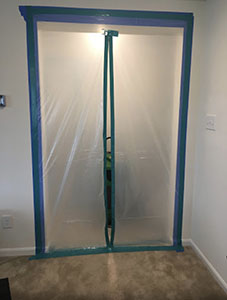
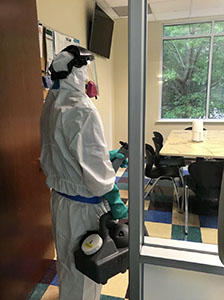
Let us handle the demolition!
We demolish power plants, chemical plants, all types of refineries (including gas and oil), papermills, water treatment facilities, all industrial facilities, and commercial facilities. No project is too big or too small!
ABC Reusable Buyers can provide all the needed equipment to organize your boneyard. We will supply all trucks and labor for loading and shipping. Removal will be done in a professional and time-efficient manner.
We carry major liability, and auto insurance to protect our clients and are OSHA approved. As a member of the Contractor’s Safety Council our staff has safety credentials and will obtain site specific training to work in your facility.
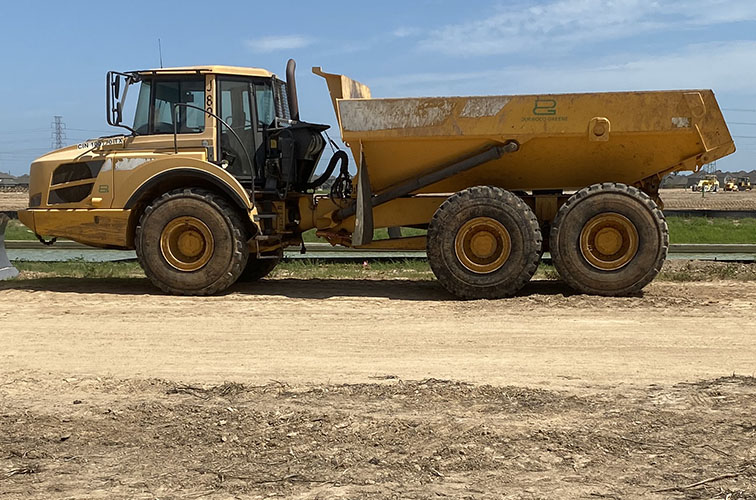
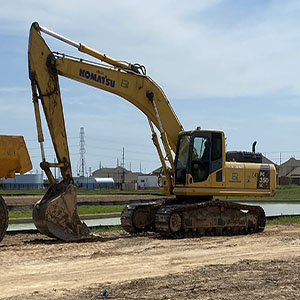
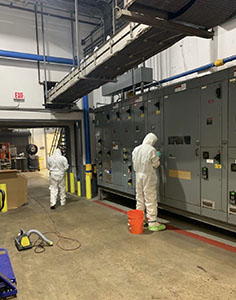
We take safety seriously
Health and Safety is a priority on all demolition sites in the US. There are multiple considerations that need to be made before machines and workers step onto the demolition site.
A large part of asset recovery involves moving heavy supplies or machinery. We take safety seriously and take numerous steps to protect our team as well as the assets being moved.
Here is a list of our top 10 tips for staying safe on a demolition site.
1. Be Asbestos Aware
Demolition and Refurbishment asbestos surveys and subsequent removal of licenced and non-licenced asbestos must be carried out before any demolition work can take place. Only once all licenced and non-licenced asbestos has been removed can the demolition phase of a project begin. Our operatives are qualified to remove non-licenced asbestos in a safe manner.
2. Personal Protective Equipment (PPE) Must Be Worn
As a minimum, 5-part PPE must be worn at all times on site by any operative. 5-Part PPE constitutes Hard Hat, Safety Glasses, High-Visibility Vest/Jacket, Safety Gloves, and Steel-Toe Cap Boots. Required standards of PPE can vary, depending on the project being undertaken or a client’s specific requirements, and we ensure all our PPE satisfies each circumstance. All of our PPE is also compliant with regulations and we also supply operatives with any specialised PPE outside of the basic 5-part, for example, face masks, welding masks, fire-proof overalls, Kevlar gloves or anything else needed to safely carry out a specific task.
3. Prevent Accidents with Training, Qualification and Experience
To ensure we complete projects safely and to the highest standards snd place particular emphasis on training and keeping our techniques and working practices completely up to date. All employees have the appropriate qualifications and experience for the assigned tasks they undertake and our site teams are closely monitored by Site Supervisors at all times.
4. Monitor Noise, Vibration and Dust
Environmental safety is also paramount on a demolition project. Noise, vibration and dust are common bi-products of demolition work and we ensure they are monitored and managed to minimize disruption to neighboring parties to the site and to minimize the effect on our own operatives.
Dust is monitored and controlled by us by means of damping down using temporary water supplies around the site. This supply is arranged with local water authority for permission and metering. During structural demolition dust suppression is via fire hoses with operatives gaining access above the structure, where necessary, to enable water to be sprayed directly onto the work area.
Regular noise and vibration monitoring is conducted throughout all our projects. Working hours can also be adjusted to ensure avoidable ‘noisy’ activities are undertaken at times that have minimal impact on the public. Throughout the demolition process, noise is to be kept to a minimum; this is achieved in various ways – Use of correct plant for specific tasks and ensuring plant is fully maintained; Using ‘quietest’ method when both demolishing structures and removing hardcore and concrete, i.e. using bucket or pulveriser rather than impact breakers; Leaving part of the external envelope of particular buildings intact whilst removing materials. This will be determined by structural stability as demolitions proceed; Ensuring works are only carried out within agreed working hours.
5. A Clean Site is a Safe Site
Maintaining a clean and tidy site is a key factor in the successful and safe delivery of works on any demolition site. The surrounding area of a site is kept clean and tidy at all times. Measures such as road cleaning are actioned, if required. Housekeeping is paramount to promote a safe working environment and to also ensure that the demolition arisings and other materials from the site are dealt with appropriately. A safe site area is imperative and facilities are provided for operatives to take breaks away from the operational area of the site.
Maintaining a clean and tidy site are key factors in the successful delivery of works on any demolition site. We segregate and process things on site as we go along, rather than demolishing and cleaning up afterwards which is the way some companies operate.
It is the responsibility of all site employees to ensure that a clean working environment is achieved and the Site Supervisor monitors and reports on this by completing sight inspections and a weekly site audit. The Site Supervisor will also appoint an operative to carry out the cleaning of the site welfare facilities on a daily basis and replenish with supplies as necessary.
6. Manage Traffic Movement
Traffic Management Plans are established during the planning phase of a project and updated/amended as the works commence and progress on site. Segregation of pedestrians and vehicles is implemented, giving clear and unhindered pedestrian walkways and vehicle access to all required areas of the site.
7. Risk Assessment and Method Statements are Essential
Risk Assessments and subsequent Method Statements are fundamental elements in the safe planning, preparation and undertaking of a project. The Site Supervisor and Manager walk the site and list all risks that are associated with the works. These are then recorded and written up into a Risk Assessment document. Method statements are then produced based upon controlling the risks.
Site visits by the Manager also ensures that work is being carried out in accordance with the approved Method Statement. All activities are in accordance with the approved program of work, phased operations and safe demolition techniques and the activities will be planned and undertaken in line with the Risk Assessments, Method Statements, Project Health and Safety Plan and Environmental Plan.
8. Be Aware of Proximity to Plant
Demolition projects often have large plant and machines working on site, along with on-ground operatives. This obviously creates potential danger. It is therefore imperative that clear plans and rules are put in place before the start of works, and these are incorporated into Risk Assessments and Method Statements to ensure the on-ground personnel are never in danger from an operating piece of plant or machinery.
9. Maintain a Stream of Communication and Encourage Feedback
Communication with a client, company management, site operatives and neighboring residents or businesses to a project are key to maintaining safety on site. We ensure that all Health and Safety information is collated and passed on to a client for incorporation into the Health and Safety file. On site, Health, Safety and Environmental information is disseminated to the site team to ensure maximum communication, education and awareness. Methods include: Tool Box Talks; Company Memo’s; Presentations; Seminars; Pre-Construction Information; Health & Safety Plans; Method Statements; Risk Assessments; Permit to Work.
All site operatives and sub-contractors are issued with the Risk Assessments and Method Statements to read and understand the system and sequence of works. This also provides an opportunity for them to comment on any potential issues. Upon agreement, they sign the documents agreeing to work and comply with the Method Statement, Risk Assessments and other associated documentation.
10. Manage Waste Disposal
Planning waste streams are identified as part of the risk assessment process and are a key safety measure on a demolition project. The control measures required are then selected to ensure that on site techniques, which assist the segregation and containment of the different materials, are used. Contingency plans are also made at this stage as to what precautions should be taken to minimize the potential for harm to be caused in the event of a spillage or other form of release.
We ensure that all waste is properly identified, accurately described and labelled before it is passed onto the waste disposal carrier.